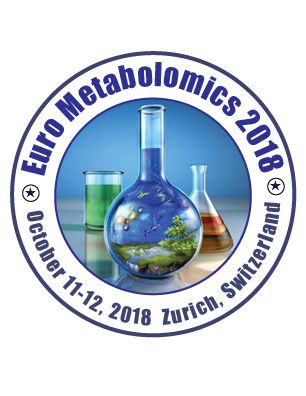
Philip J Jackson
University of Sheffield, UK
Title: Proteomic adaptation in high and low light ecotypes of the marine picocyanobacterium Prochlorococcus marinus, an important global primary producer
Biography
Biography: Philip J Jackson
Abstract
Prochlorococcus marinus, an oceanic phototrophic picocyanobacterium, is probably the most abundant organism on earth with an estimated population of 2.9±0.1 x 1027 cells. Consequently it is an important global primary producer responsible for the fixation of 4.0 x 106 tonnes of carbon per annum. In terms of habitat, Prochlorococcus has been recovered from diverse locations at depths down to 200 m. Given the wide distribution of Prochlorococcus within the euphotic zone, genetically distinct ecotypes have evolved in response to the level of sunlight penetration and nutrient availability. The four examples used for this study were: (1) MED4 (Mediterranean 5 m), (2) NATL2A (N. Atlantic 10 m), (3) SS120 (Sargasso 120 m) and (4) MIT9313 (Gulf Stream 135 m). Cells were grown under very low intensity illumination, similar to that experienced by the deep water ecotypes. After isolating thylakoid membranes, proteins were extracted, digested with endoproteinase Lys-C and trypsin, then analyzed by nanoLC-MS/MS. Identified proteins were quantified by the label-free iBAQ method which was validated by the expected PSI:PSII ratio of 3-4 for Synechocystis as determined by spectroscopy. The Prochlorococcus ecotypes showed markedly different PSI:PSII ratios to Synechocystis: near to 1:1 in MED4 and MIT9313, and 0.5 in NATL2A and SS120. Therefore there appears not to be a simple relationship between PSI:PSII ratio and illumination. On the other hand, amounts of high light inducible proteins (HLIPs), associated with photoprotection, and the relative amounts of light dependent and independent POR enzymes, occurring in the chlorophyll biosynthesis pathway did reflect the expected habitat illumination levels in the Prochlorococcus ecotypes and Synechocystis. As the Prochlorococcus ecotypes were grown under the same low light intensity, the expression patterns observed in this study appear to be an inherent feature of ecotypic adaptation to light intensity within their specific habitats.

